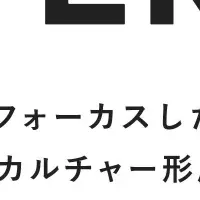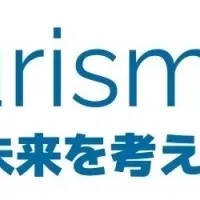
Growth Forecast for Medical Gas Blenders Market: Key Factors Driving Change for 2024-2028
Medical Gas Blenders Market Overview
The medical gas blenders market is poised for significant growth, with projections indicating an increase of USD 582 million between 2024 and 2028. This expansion is largely attributed to the rising geriatric population and the increasing prevalence of chronic diseases. As the demand for oxygen and anesthetic gases escalates in healthcare settings, the market is set to experience a compound annual growth rate (CAGR) of 5.42% during the forecast period.
Factors Influencing Market Growth
Several critical factors are driving the growth of the medical gas blenders market:
1. Aging Population: As the global population ages, the incidence of chronic ailments and the need for surgical procedures have surged. Elderly patients often require enhanced anesthetic delivery systems to manage their conditions effectively.
2. Healthcare Innovations: The integration of artificial intelligence in medical gas blending technology is changing the dynamics of the market. These innovations improve the accuracy and efficiency of gas delivery systems, optimizing patient outcomes.
3. Increasing Surgical Procedures: With outpatient surgeries on the rise in Ambulatory Surgical Centers and hospitals, the demand for reliable medical gas blenders has never been higher. Procedures involving anesthesia require precise control over gas mixes to ensure patient safety.
Key Market Players
The medical gas blenders market comprises several significant players who are contributing to market dynamics through innovation and compliance with stringent regulations. Notable companies include:
- - Medin Medical Innovations GmbH
- - HEYER Medical AG
- - Becton, Dickinson and Company
- - Smiths Medical
Market Segmentation and Analysis
The market can be segmented based on various factors:
- - End Users: Hospitals, respiratory care units, and home healthcare settings are primary consumers of medical gas blenders.
- - Geographic Distribution: The market is particularly strong in North America, which alone holds a 37% share, followed by Europe and Asia. Regions with a high demand for medical technology innovations are expected to offer substantial growth opportunities.
Trends and Challenges
Trends
An important trend is the shift towards automated handling of gas mixtures. The transition from manual blending systems to electronically controlled blending systems improves accuracy and safety. Furthermore, the focus on self-inspection and regulatory compliance ensures that gases are delivered precisely as required.
Challenges
Despite the positive outlook, the market faces challenges. Stringent regulatory frameworks governing the design and manufacturing of medical gas blenders can hinder rapid market entry for new players. Compliance with standards such as the Medical Device Directive in Europe adds complexity to product development.
Conclusion
The medical gas blenders market reflects a vital sector within the broader healthcare industry, supporting essential surgical procedures and oxygen therapy requirements. With innovations led by AI and a growing elderly population, the market is on a promising trajectory. Stakeholders and healthcare providers must stay updated on the latest technologies and regulatory changes to navigate this evolving landscape successfully. Understanding patients' needs and adapting to market demands will be key to capitalizing on the opportunities presented in this growing sector.
Topics Other)










【About Using Articles】
You can freely use the title and article content by linking to the page where the article is posted.
※ Images cannot be used.
【About Links】
Links are free to use.